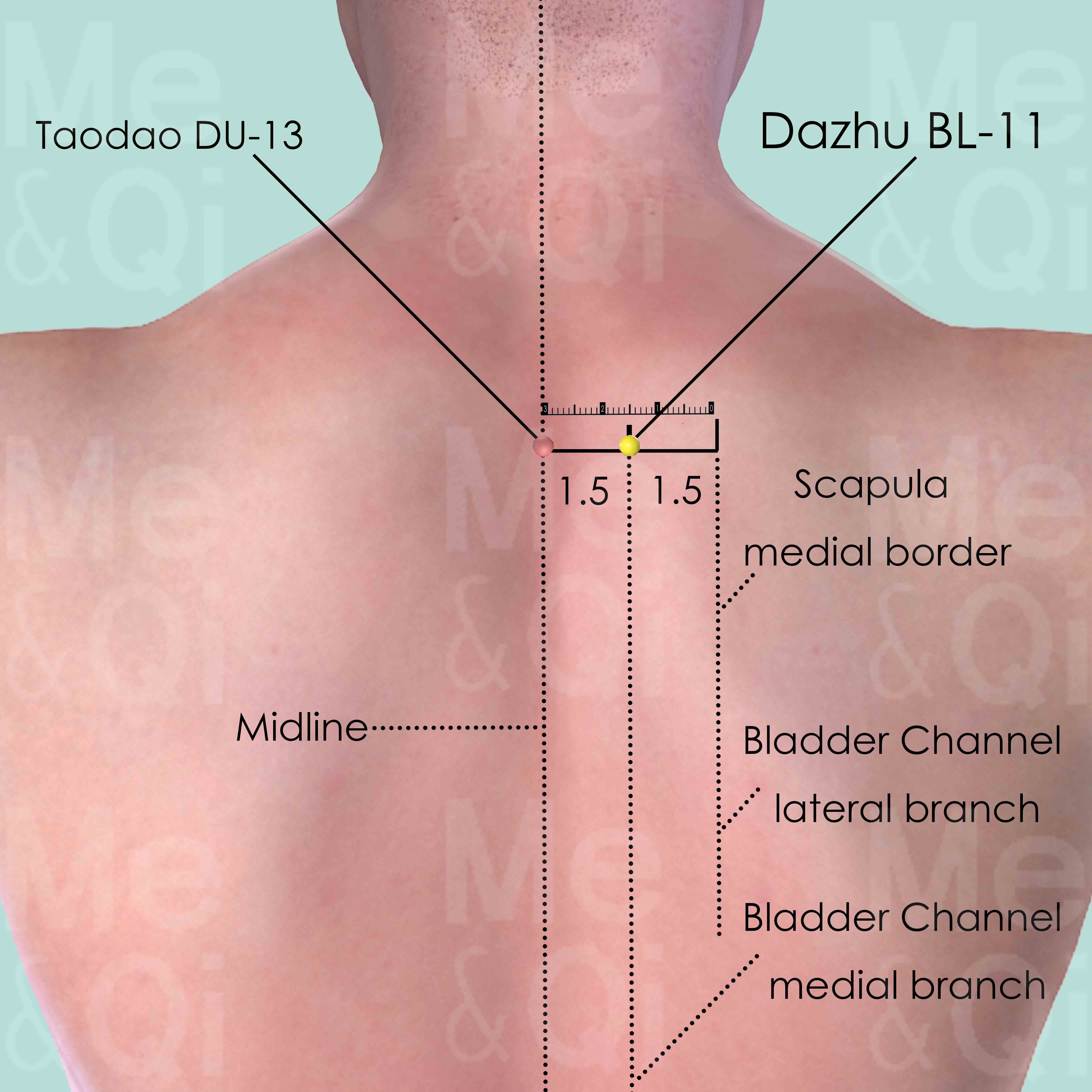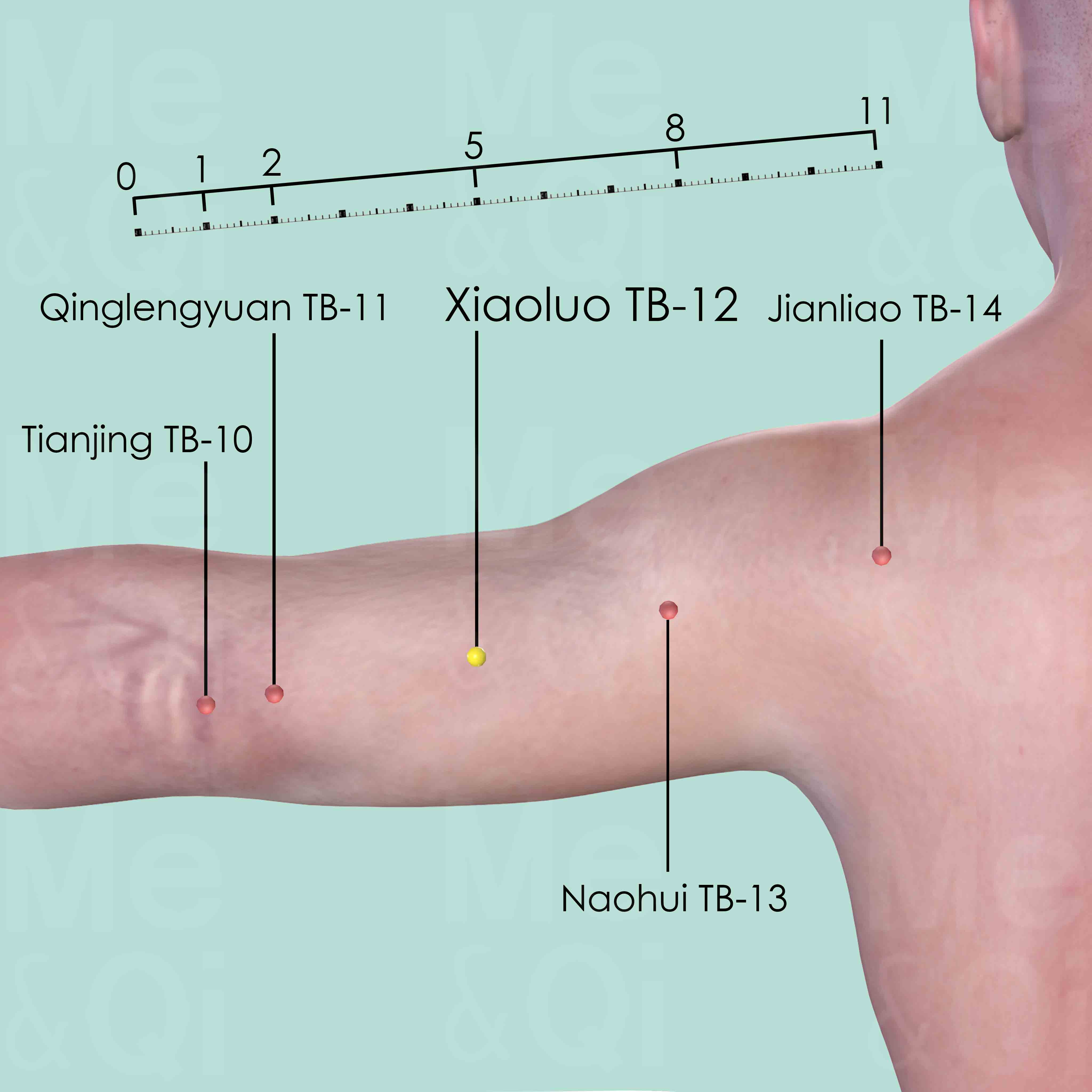Arthritisaccording to TCM
Symptom family: Rheumatic and Arthritic Disorders
Sub-symptom(s): Shoulder Arthritis Rheumatoid Arthritis
What is Arthritis?
Arthritis encompasses a group of conditions marked by inflammation and pain in the joints. It manifests in various forms, such as rheumatoid arthritis, which is an autoimmune condition, and osteoarthritis, resulting from wear and tear. Symptoms include joint stiffness, pain, swelling, and reduced range of motion, significantly impacting daily activities and quality of life. Arthritis can affect one or multiple joints, and while it is more common in adults, it can occur at any age.
How does TCM view Arthritis?
Traditional Chinese Medicine (TCM) approaches arthritis as a manifestation of imbalance within the body's Qi (energy), Blood, and organ systems, primarily caused by the invasion of external pathogenic factors such as Wind, Cold, Damp, and Heat.
TCM emphasizes the importance of identifying the underlying pattern of disharmony contributing to arthritis symptoms. This holistic view allows for treatments that not only alleviate symptoms but also address the root cause of the imbalance, aiming to restore the body's harmony and health.
Root Causes of Arthritis in TCM
In TCM, arthritis is often attributed to the obstruction of Qi and Blood flow due to the invasion of pathogenic Heat, Wind, Cold orDamp. For example, Excess-Heat patterns may present with symptoms like fever, flushed face, red skin eruptions, irritability, and thirst alongside joint pain and swelling.
Cold-Damp patterns, conversely, manifest as pain that worsens with cold weather, accompanied by heaviness and stiffness in the joints. These conditions reflect an imbalance in the body's natural state, necessitating targeted interventions to expel the pathogenic factors and restore equilibrium.
Explore below more details about what might cause Arthritis according to TCM.
- By Syndrome
- Heat
Heat
In TCM "Heat" signifies an excess of Yang energy, leading to an imbalance where heat predominates over the body's cool Yin aspects. This condition is metaphorically akin to an internal over-heating. Symptoms indicative of Heat can include feelings of warmth, fever, sweating, irritability, red face, thirst with a preference for cold drinks, and a rapid pulse. The tongue may appear red with a yellow coating. Unlike the common interpretation of heat in terms of temperature, in TCM, it represents a state of hyperactivity or inflammation in the body.... see more
Heat Patterns That Can Lead to Arthritis
| Pattern Name | Relevant Symptoms | Relevant Formulas |
|---|---|---|
| Excess-Heat | Arthritic symptoms, Fever, Flushed face, Red skin eruptions, Mottled skin, Irritability, Thirst, Arthritis, Constipation, Scanty and dark urine, Lupus... see more | Xi Jiao Di Huang Tang |
TCM Herbal Formulas for Arthritis
To combat arthritis, TCM prescribes formulas based on the specific pattern of disharmony. For conditions marked by Excess-Heat, formulas like Xi Jiao Di Huang Tang, which includes key herbs such as Water Buffalo Horns, are used to cool the Blood and clear Heat, reducing inflammation and pain.
This approach is tailored to the individual's symptoms and underlying imbalances, utilizing the holistic nature of TCM to not only alleviate discomfort but also to prevent future recurrences by harmonizing the body's internal environment.
Explore below some TCM herbal formulas used to address arthritis, organized by cause and by formula type.
- By Cause
- By Formula Type
- Heat
- Formulas that dispel wind-Damp
- Formulas that invigorate blood and dispel blood stagnation
- Formulas that warm and transform water and dampness
- Formulas that clear wind-Cold
- Formulas that warm the meridians and disperse cold
- Formulas that clear nutritive-level heat
- Formulas that nourish yin and tonify
- Formulas that regulate blood
- Formulas that promote urination and leach out dampness
- Formulas that dredge and disperse external wind
Top Formula for Heat:
Xi Jiao Di Huang Tang
Suitable for Heat patterns that may cause arthritis, such as Excess-Heat
Learn moreFormulas that clear nutritive-level Heat
These formulas are suitable for some arthritis-causing patterns like Excess-Heat.
One such formula is Xi Jiao Di Huang Tang, with water buffalo horn as a key herb.
Formulas that dispel Wind-Damp
Arthritis can be treated by these formulas when it arises from a pathogenic influence of wind combined with dampness, which often obstructs the flow of Qi and Blood.
One such formula is Da Fang Feng Tang, with saposhnikovia root as a key herb.
Other formulas of this category are listed in the table below.
All "formulas that dispel wind-Damp" recommended for arthritis
| Formula | Patterns Suitable For (if applicable) |
|---|---|
| Da Fang Feng Tang | Not applicable |
| Du Huo Ji Sheng Tang | Not applicable |
| Gui Zhi Shao Yao Zhi Mu Tang | Not applicable |
| Juan Bi Tang | Not applicable |
| Xuan Bi Tang | Not applicable |
Formulas that invigorate Blood and dispel Blood Stagnation
Arthritis can be treated by these formulas if it arises from poor blood circulation or stagnation of blood, which often manifests in pain or swelling.
One such formula is Shu Jing Huo Xue Tang, with dong quai as a key herb.
Other formulas of this category are listed in the table below.
All "formulas that invigorate blood and dispel blood stagnation" recommended for arthritis
| Formula | Patterns Suitable For (if applicable) |
|---|---|
| Shu Jing Huo Xue Tang | Not applicable |
| Dang Gui Shao Yao San | Not applicable |
Formulas that warm and transform water and Dampness
Arthritis can be treated by these formulas if it is due to cold-dampness obstructing the body's functions, requiring warming and damp-transforming actions.
One such formula is Fu Zi Tang, with prepared aconite as a key herb.
Other formulas of this category are listed in the table below.
All "formulas that warm and transform water and dampness" recommended for arthritis
| Formula | Patterns Suitable For (if applicable) |
|---|---|
| Fu Zi Tang | Not applicable |
| Zhen Wu Tang | Not applicable |
Formulas that clear Wind-Cold
Arthritis can be treated by these formulas when it stems from external pathogenic influences characterized by cold and wind symptoms.
One such formula is Jiu Wei Qiang Huo Tang, with notopterygium root as a key herb.
Other formulas of this category are listed in the table below.
All "formulas that clear wind-Cold" recommended for arthritis
| Formula | Patterns Suitable For (if applicable) |
|---|---|
| Jiu Wei Qiang Huo Tang | Not applicable |
| Ma Huang Tang | Not applicable |
Formulas that warm the Meridians and disperse Cold
Arthritis can be treated by these formulas if it results from cold obstructing the meridians, leading to pain or stiffness, requiring warming and dispersing actions.
One such formula is Wu Tou Tang, with prepared sichuan aconite as a key herb.
Other formulas of this category are listed in the table below.
All "formulas that warm the meridians and disperse cold" recommended for arthritis
| Formula | Patterns Suitable For (if applicable) |
|---|---|
| Wu Tou Tang | Not applicable |
| Huang Qi Gui Zhi Wu Wu Tang | Not applicable |
Formulas that nourish Yin and tonify
Arthritis can be treated by these formulas when it arises from a deficiency in Yin energy, needing nourishment and strengthening of the body's vital essence.
One such formula is Ba Wei Di Huang Wan, with prepared rehmannia as a key herb.
Formulas that regulate Blood
Arthritis can be treated by these formulas when it stems from irregularities or imbalances in the blood, which may affect circulation or cause other blood-related issues.
One such formula is Shen Tong Zhu Yu Tang, with peach kernel as a key herb.
Formulas that promote urination and leach out Dampness
Arthritis can be treated by these formulas when it is caused by an accumulation of dampness in the body, requiring diuretic actions to promote fluid balance.
One such formula is Fang Ji Huang Qi Tang, with stephania root as a key herb.
Formulas that dredge and disperse External Wind
Arthritis can be treated by these formulas when it results from external wind invasion disrupting the body's surface and normal function, requiring wind-dispersing actions.
One such formula is Xiao Huo Luo Dan, with prepared kusnezoffii aconite as a key herb.
Acupoints for Arthritis
TCM also incorporates acupuncture as a vital component of arthritis treatment. Acupoints such as Dazhu BL-11 are strategically targeted to nourish Blood, expel Wind, strengthen the bones, and descend Lung Qi, directly addressing the root causes of arthritis symptoms.
Located on the Bladder channel, Dazhu BL-11 plays a crucial role in TCM treatments for arthritis, offering a non-invasive method to enhance the flow of Qi and Blood, thereby reducing pain and stiffness in the joints. This integrated approach underscores TCM's comprehensive strategy in managing arthritis, emphasizing the restoration of balance and the promotion of natural healing.
Explore below some acupoints used to address arthritis, organized by meridian.
- By Meridian
- Bladder Channel
- Triple Burner Channel

Dazhu BL-11
On the level of the lower border of the spinous process of the 1st thoracic vertebra (T1), 1.5 cun (about 2 finger-breadths) lateral to the posterior midline.

Xiaoluo TB-12
On the line joining the olecranon and Jianliao TB-14, midway between Qinglengyuan TB-11 and Naohui TB-13, 5 cun proximal to the olecranon. It is just on the lower end of bulge of the lateral head of triceps brachii when the forearm is in pronation.
